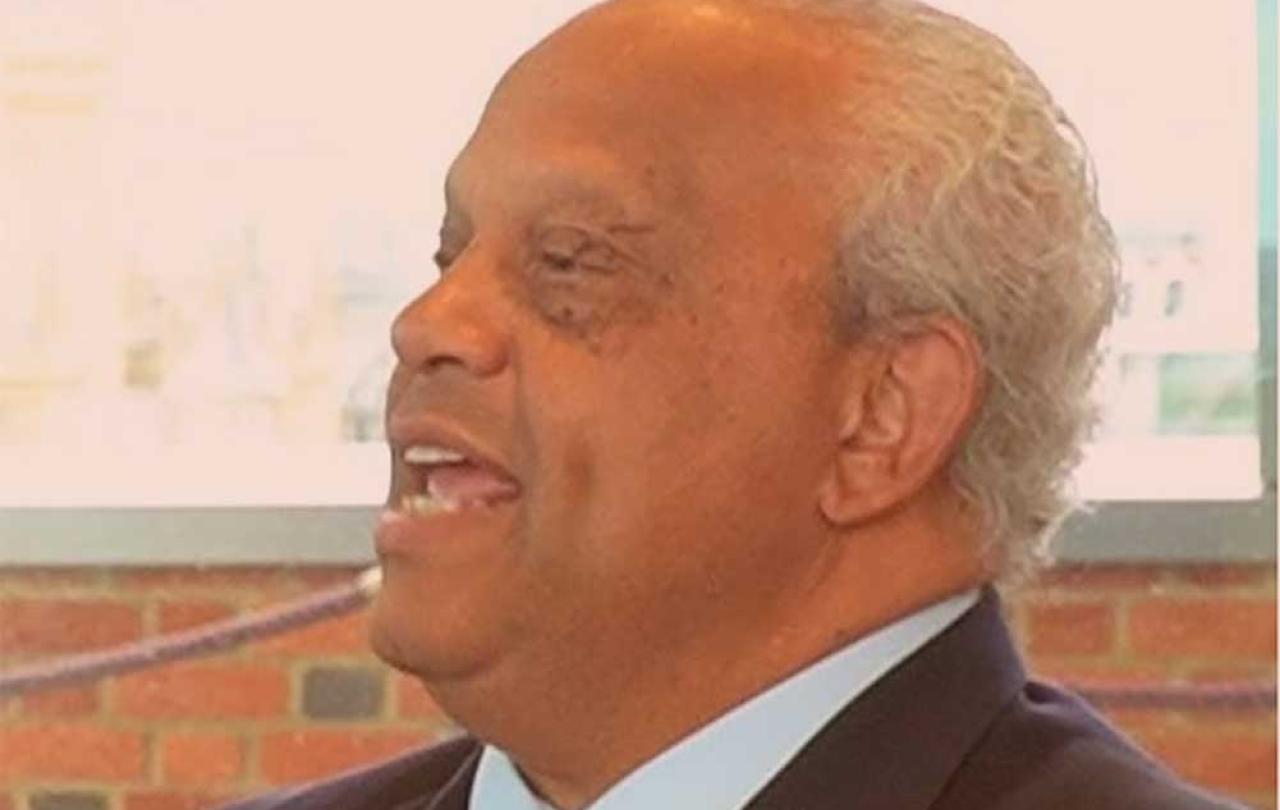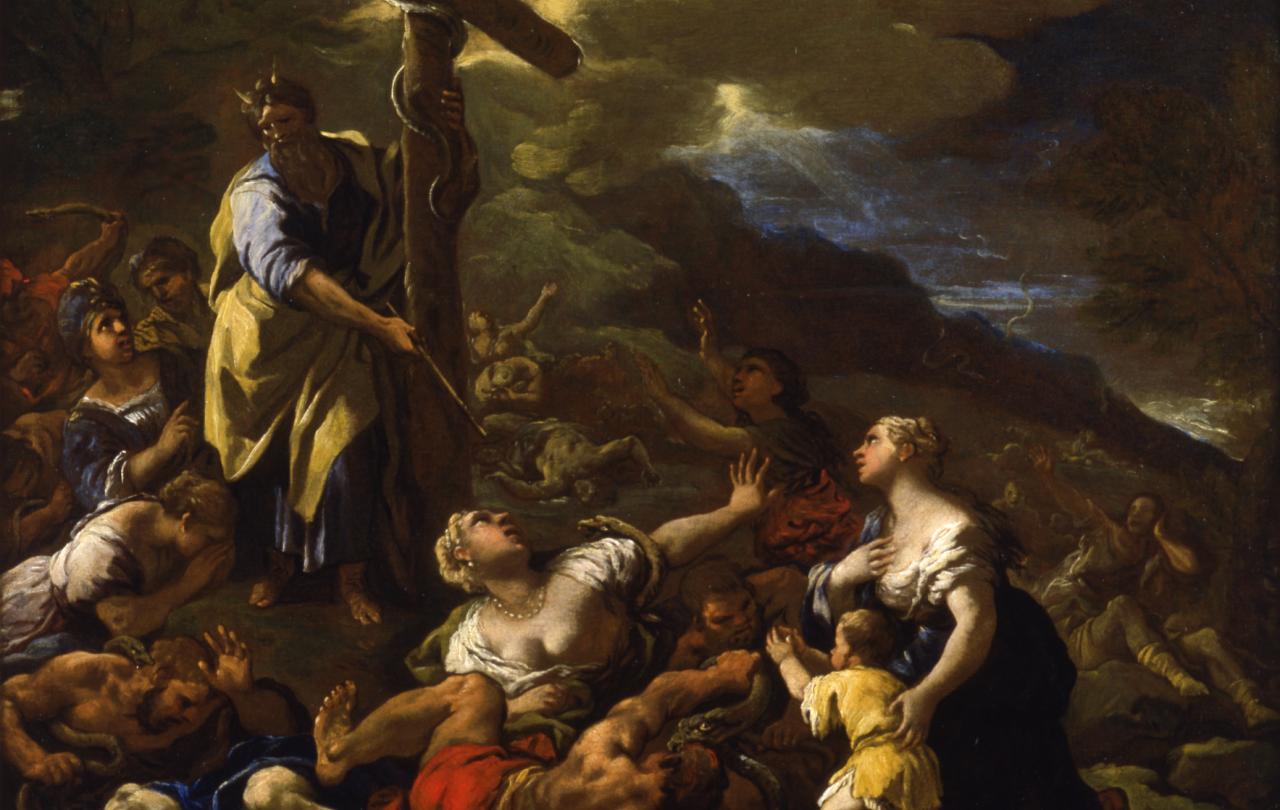What more important question can there be for humanity, Jago Cooper, Executive Director of the Sainsbury Centre, asks than ‘Can we stop killing each other?’ The Sainsbury Centre’s radical exhibition programme explores the big issues in contemporary society (see my article ‘Life Is more important than art’) so has rapidly arrived at the point where it is exploring what has wrong with the world when killing occurs and how can we put it right.
Cooper sets out the ground that this series of exhibitions seeks to cover: ‘From interpersonal violence to state level conflict, killing has spread its devastating impact throughout all human cultures across the centuries. Why does this violence occur? And can it be better prevented at a time when increased societal pressures of population growth, resource scarcity, human migration and rapid environmental change make the risk of conflict higher? Every day we read about horrifying acts playing out locally and internationally, but what is the answer to stopping them?’
Can we stop killing each other? includes an installation by Aotearoa/New Zealand artist Anton Forde, a series of new paintings reflecting on the refugee crisis by Ethiopian artist Tesfaye Urgessa; presentations of historical artworks such as Claude Monet’s ‘The Petit Bras of the Seine at Argenteuil’, and an exhibition spanning Shakespearean tragedy to Hitchcockian spectacle, which asks questions of violent stage and screen narratives, plus (from November) ‘Seeds of Hate and Hope’ highlighting personal artistic responses to global atrocities, such as genocides, ethnic cleansing, war crimes and crimes against humanity.
It starts, however, with a room displaying Biblically themed explorations of this question. ‘Denunciation of Cain’ by G.F. Watts depicts the after-effects of the first murder with Watts viewing Cain as a symbol of ‘reckless, selfish humanity’. A pair of paintings by Luca Giordano then take us deeper into the ambiguities of our human responses to anger and violence. ‘The Brazen Serpent’, tells the story of the Israelites’ journey from Mount Sinai in Egypt to the Promised Land of Canaan. On this journey, a plague of poisonous serpents punishes the Israelites for their disobedience and lack of faith. Moses is instructed by God to make a bronze, or ‘brazen’, serpent that will heal those that repent. The curators ask, ‘Does this portrayal of killing as a punishment set a cultural precedent, or establish a moral code for right and wrong?’ Alongside is ‘The Judgement of Solomon’ in which two women both claim to be the mother of a living child and where the true mother is revealed by means of an order that the child to be cut in half with a sword and shared. The true mother reveals herself as the one who will give the baby away to protect the child’s life. Here, the threat of violence is used to bring about justice.
William Hogarth’s print series The Four Stages of Cruelty, with verses by Reverend James Townley, reveals how violence escalates and shows how a lack of moral supervision can lead to a life of crime. Finally, Matt Collishaw’s series of thirteen photographic works entitled ’Last Meal on Death Row, Texas’ alludes to the number of apostles at the Last Supper while depicting the last meals chosen by condemned prisoners on death row in the state of Texas, United States.
The curators suggest that: ‘The artworks in this gallery, and beyond, suggest that there is a choice between peace and conflict and that moral stories exist to guide us towards making ethical decisions in real life. Art provides a powerful connection through which to experience life at its most chaotic and incomprehensible, enabling us to pause and reflect on the darkest aspects of human existence. It can also create vital opportunities for society to mourn and remember victims of violence, and to come together in acts of healing and repair.’
These images and the Bible stories on which they are based give us more than simple moral guidance, however. They also provide an explanation for the existence of conflict between human beings and reveal God’s subversion of that ingrained human tendency.
In the story of Cain and Abel, Cain is jealous of Abel and kills him as a result. The anthropologist René Girard suggests that this story reveals the way in which we consistently act as human beings. We desire something that is possessed by someone else and become disturbed through our longing for what we don’t have. We resolve our disturbance by creating a scapegoat of the person or people who appear to have or prevent us from having what it is we desire. When the scapegoat is killed, we can gain what we desire and also release the sense of disturbance that we feel.
This scapegoat mechanism becomes expressed in religions involving human sacrifices as scapegoats to appease their gods. In the story told within the pages of scripture, it is out of such religions that Abraham is called to form a people who do not sacrifice other human beings, but instead use animals as their scapegoats and sacrifices. Jesus is later born into this people who have subverted the existing practice of scapegoating and he further subverts this practice because, as he is crucified, God becomes the scapegoat that is killed. Once God’s Son has become the scapegoat, for those who follow him, the scapegoat mechanism is undermined and the scapegoating of others should no longer be possible.
In ‘The Judgement of Solomon’, the threat of violence is used to reveal the desire of the woman who had taken the mother’s child and the self-sacrifice of the true mother. On the cross, the violence meted out to Jesus reveals the full horror of the scapegoating mechanism in the torture and violent death of the wholly innocent one.
Jesus explicitly equated his crucifixion with the raising up of the bronze serpent that brought healing because in that story, when it is raised, as Jesus also was, the image of the source of the poison in the lives of human beings became the source of healing. That is also the promise that Christianity holds out to us in relation to the effect of Jesus’ crucifixion where he becomes sin for us. It heals us of our absolute need to scapegoat and harm others.
Can We Stop Killing Each Other? Sainsbury Centre:






